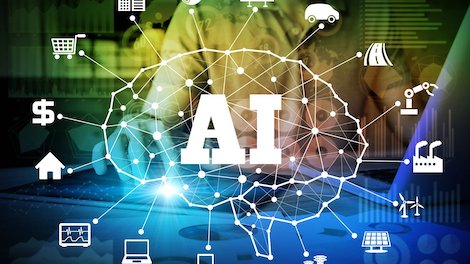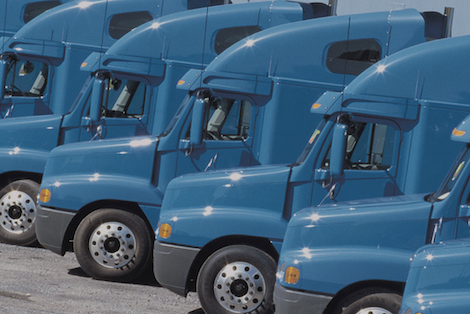


AI in Freight Procurement Refresh
Technology is one of the hottest topics of conversation today in the freight procurement and logistics space, with AI, in particular, being one of the foremost areas of focus. Given how unstable and chaotic freight procurement has been over the last 24 months, shippers are desperately trying to adopt tools that turn static procedures dynamic and provide real-time insights and visibility to drive better performance, savings, and overall success. And AI-powered freight procurement automation software is proving to be a pivotal tool in helping to achieve these goals. Here are a few ways that AI is helping shippers break new ground in their freight procurement operations. Capacity Oversight Navigating capacity fluctuations has been one of the most challenging aspects of freight procurement over the last two years with the space experiencing a historic period of unpredictability. Shippers simply can no longer rely on outdated tools and the scant data provided by brokers to navigate an incredibly fluid capacity landscape. In turn, shippers have turned to AI as a way to gain a real-time look into the ebbs and flows of the capacity market instead of relying on partial or outdated data they were receiving from their legacy tools and partners. Price Management For years, brokers have been a thorn in the side of shippers for numerous reasons. However, arguably nothing has made this relationship more strained than issues of overpricing. The broker market is renowned for its heightened and opaque pricing structure. And with budgets tightening as a result of the COVID-19 pandemic, shippers have grown tired of this price gouging and thus have turned to AI as a way to dynamically...
Before Investing Millions in A Private Fleet, Give Freight Procurement Automation A Test Run. You’ll Be Glad You Did.
There seems to be a new costly trend amongst large shippers to deploy their own private fleets to help ease transportation bottlenecks. Sherman Williams just announced it would be using a private fleet of trucks and railcars to aid suppliers’ raw materials deliveries to boost production and inventory levels. But with a new fleet comes additional costs, added risk, and sometimes inefficiencies. Sherman Williams CEO, John Morikis, said “It’s a little less efficient than what we would like. We want to optimize our supply chain to its fullest. But when it comes down to it, we are going to choose serving our customers.” Walmart has continued to strengthen its own private fleets to not only support store delivery but inbound shipments from its suppliers. Last month, Walmart announced that it would increase pay for its 12,000 truck drivers between $95,000 to $110,000. They also launched a dedicated training program for distribution center employees to become certified Walmart drivers. As the largest retailer shipper, Walmart spends hundreds of millions of dollars a year on intermodal freight services using its own containers and chassis, along with a private fleet of drivers for pickup and delivery. That said, not all large shippers are in the same position as Walmart, therefore don’t have the same level of resources to launch such efforts. So instead of spending hundreds of millions of dollars on adding a private fleet, what else can a shipper do to avoid transportation bottlenecks? Innovative shippers have embraced AI-powered software to dynamically source compliant, asset-based capacity to always deliver goods on-time, and at a fair market cost. And the software seamlessly integrates with a shipper’s TMS for a...
